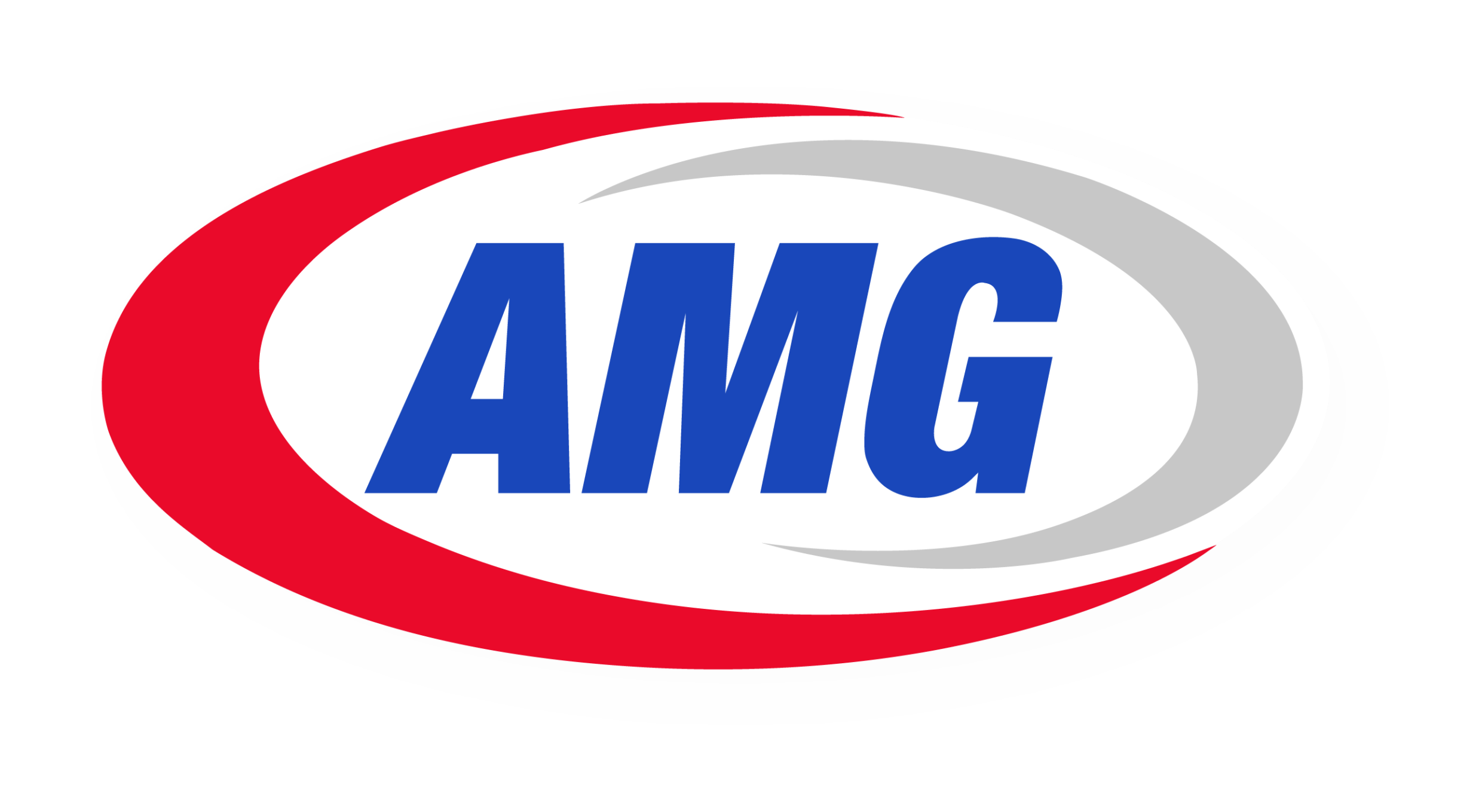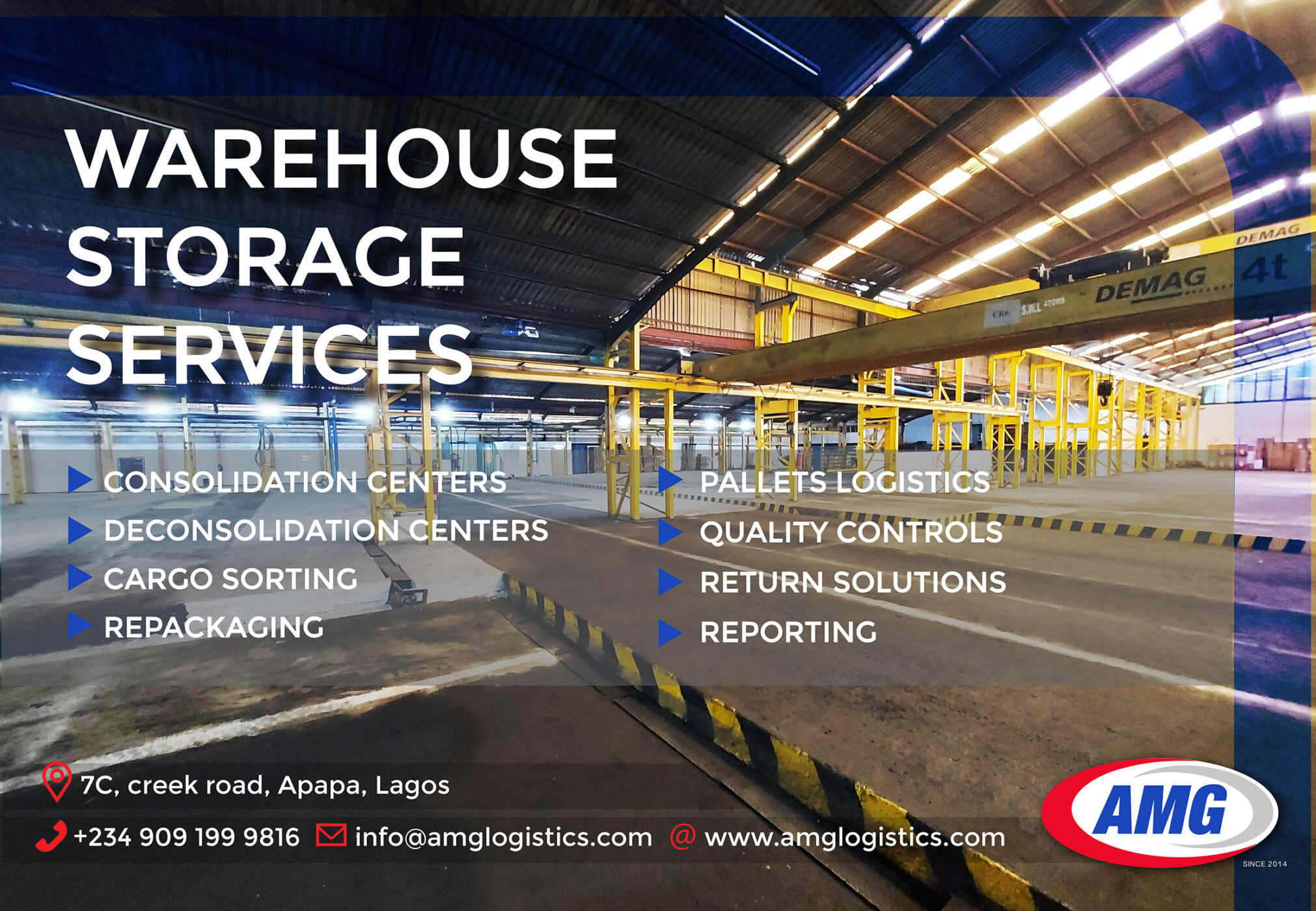MSC and Maersk announced the break up of their alliance earlier this year, but the fallout from that decision will not be fully realised until January 2025 when the alliance is formally ended.
Speaking at the Container xChange Digital Container Summit, John Fossey of Drewry Shipping Consultants said, “If in January 2025 the division of 2M leads to four or five stand-alone carriers then rates could be very challenged as a result.”
With an excess of capacity still chasing too little freight Fossey said that carriers could revert to the days where they had little price discipline, aiming for market share to make sure their huge new buildings achieve the maximum utilisation levels.
Supply is set to outstrip demand every year from 2022 onwards, where growth from that year reached 0.5%, with this year’s growth forecast to be 0.3% recovering to 2.6% and 2.9% in 2024-25.
In the same period, capacity increased by 4.5% in 2022 and is forecast to increase by 5%, 6.35 and 5.2% in 2023-25. Only in 2021 did demand, at 7%, outperform capacity growth at 4.7%.
According to Fossey Drewry had expected global container movements to pass the 1 billion mark, in 2027, but the pandemic and subsequent events such as the war in Ukraine have seen the consultants revise those forecasts to 935 million teu by 2035.
Senior analyst at Alphaliner Stefan Verberckmoes is more optimistic pointing out that both Maersk and MSC are carriers that want their independence to make operational decisions, but that both carriers are still cooperating with each other.
“Both MSC and Maersk have announced independent services since the split of the alliance was announced,” said Verberckmoes, “2M was more of a vessel-sharing agreement, and they both said now that they are stopping the vessel-sharing agreement, they can start sharing vessels.”
Of course, this is not new said Alphaliner Hapag-Lloyd already bought slots on CMA CGM’s FAL 3 service, which is the Ocean Alliance’s fifth loop, but Hapag markets the service as the FE9.
He also pointed out that Maersk and MSC operate six Asia to North Europe loops and they have enough vessels to operate three loops each, while Verberckmoes does not believe that shippers require daily sailings out of Shanghai, Yantian and Ningbo, but that three a week would be acceptable.
In addition, with the IMO regulations on carbon intensity becoming more stringent, Drewry estimates that around 30% of the existing fleet will need to slow steam, which will reduce the effective capacity by around 7%.
Moreover, congestion at container storage depots around the globe could once again cause delays to repositioning containers and getting boxes to the shippers for loading.
Danny Den Boer, from container lessor Seacube, said, “Depot rates in Asia are significantly lower than in the US with the slowdown in manufacturing, but depots in the US, particularly on the West Coast are very congested.
Congestion at depots is not the only issue that is slowing the movement of boxes according to Fossey with the lack of maintenance and repair engineers also an emerging issue for the industry.




